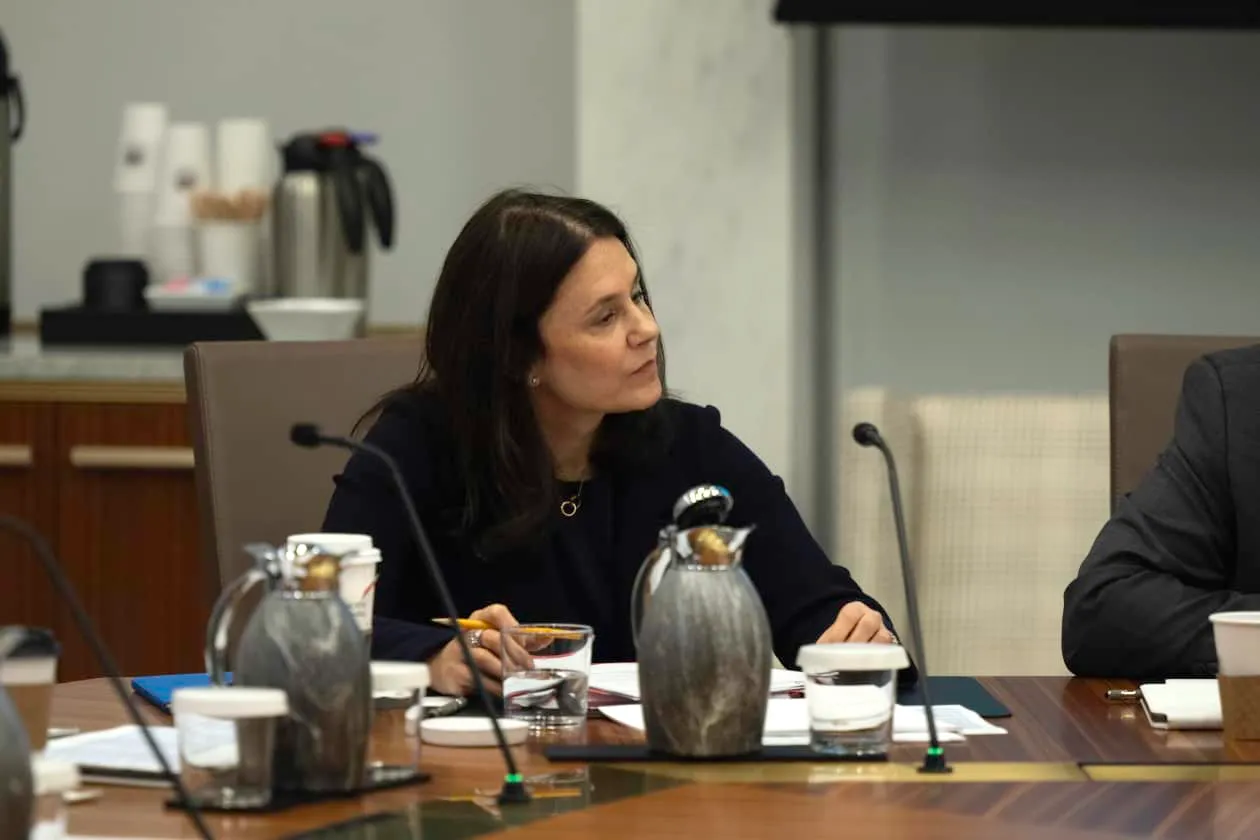Logan Signals Inflation is the Top Issue, Urges Caution on the Rate of Interest
Federal Reserve Bank of Dallas President Lorie Logan said the U.S. central bank still has more progress to make on bringing inflation down than it does on reaching its full employment goal. She emphasized that policymakers should take a careful approach when considering future interest-rate cuts.
“At this point, we’re further from achieving our inflation target than we are from maximum employment,” Logan explained Friday at a conference in Mexico City. “Our projections show that getting inflation back to 2% will take some time and there’s still a great deal of uncertainty in the global outlook.”
When evaluating the strength of the U.S. labor market, Logan said she pays closest attention to the unemployment rate rather than the monthly payroll figures. She noted that the current jobless rate is hovering near the level many economists believe represents a long-term equilibrium for the economy. In August, that figure stood at 4.3%. However, due to the federal government shutdown, September’s employment data were not released as scheduled.
The Federal Reserve reduced interest rates last month after keeping borrowing costs unchanged for several meetings. The move came amid growing concern that persistent inflation and slower job growth could threaten the economic expansion. While the cooling labor market has drawn attention, Logan and some of her colleagues remain focused on inflation which has exceeded the Fed’s 2% target for more than four years.
“We need to proceed carefully when it comes to additional rate cuts,” Logan cautioned on Friday. She added that with inflation still elevated and monetary policy only moderately restrictive, there’s little room for aggressive easing. Speaking at another event the day before, she reinforced her preference for a gradual approach to monetary adjustments.
Logan’s comments align with a growing sense of caution among Federal Reserve officials as they navigate the delicate balance between controlling inflation and supporting growth. The Fed’s recent policy decisions have reflected that tension cutting rates to address softer labor data while maintaining a firm stance against letting inflation expectations drift higher.
The Dallas Fed chief has also been drawing attention for her views on how the Fed measures its policy stance. Last week, Logan suggested that the central bank should consider updating its main policy tool the federal funds rate in favor of a more representative market benchmark. She argued that shifting to a rate more closely aligned with actual market dynamics could improve how the Fed transmits monetary policy to the broader economy.
Her remarks sparked discussion both on Wall Street and within the Federal Reserve System. Market participants viewed her proposal as part of a broader conversation about how monetary policy frameworks may need to evolve in a changing financial landscape.
Logan’s perspective comes at a time when the U.S. economy faces mixed signals. While inflation has eased from its 2022 peak, price pressures remain sticky in several sectors, including housing and services. Meanwhile, job creation has slowed, but unemployment remains relatively low, suggesting the labor market is cooling gradually rather than collapsing.
Economists say the Fed now faces one of its toughest balancing acts in years cutting rates enough to prevent a deeper slowdown without reigniting inflationary pressures. Logan’s cautious stance underscores the central bank’s preference to move deliberately until there’s clearer evidence that inflation is on a sustainable path back to target.
Her comments also echo the broader sentiment among policymakers who want to avoid the mistakes of the past, when premature easing allowed inflation to reaccelerate. Many officials argue that patience is key particularly as global uncertainties, from geopolitical tensions to uneven growth in major economies, continue to cloud the outlook.
Despite recent progress, Logan made it clear that the road to 2% inflation remains long. “We’ve seen some encouraging signs, but we still have more work to do,” she said. “The goal is to restore price stability while keeping the economy on solid footing.”
Her remarks reinforced the idea that the Fed is unlikely to rush into further rate cuts in the near term. Investors, who have been betting on a more aggressive easing cycle, may need to temper expectations as policymakers signal a preference for stability over speed.
In the meantime, the Fed’s cautious tone has helped keep financial markets relatively steady. Treasury yields have held within a narrow range, and the dollar has shown little volatility as traders adjust to a slower pace of policy easing.
For Logan and her colleagues, the challenge ahead lies in balancing two competing realities: inflation that’s proving stubborn and an economy that’s showing early signs of fatigue. The coming months will test how effectively the Fed can walk that line and whether its measured approach will be enough to keep both inflation and growth on track.

Subscribe to our newsletter!
As a leading independent research provider, TradeAlgo keeps you connected from anywhere.








